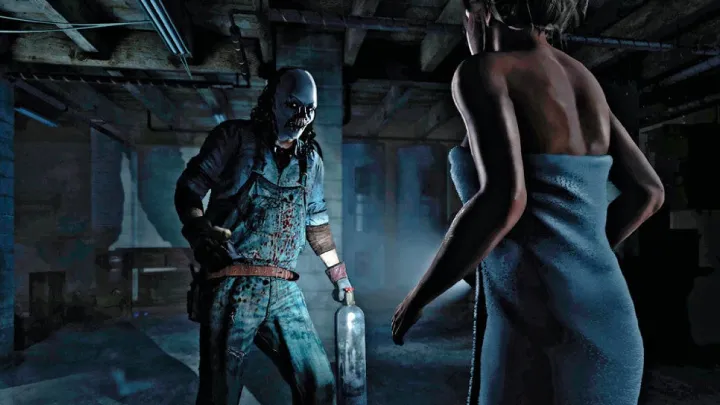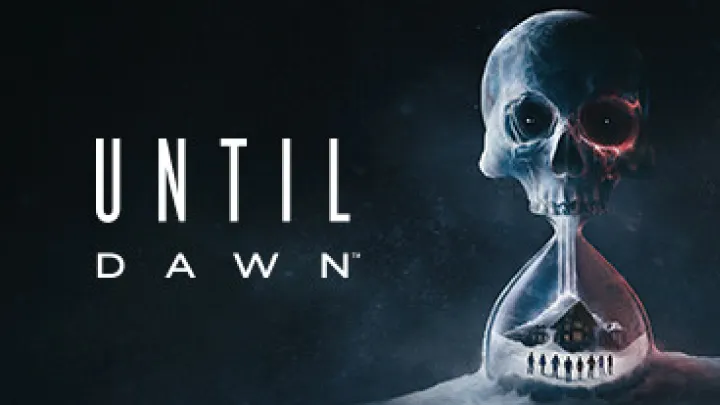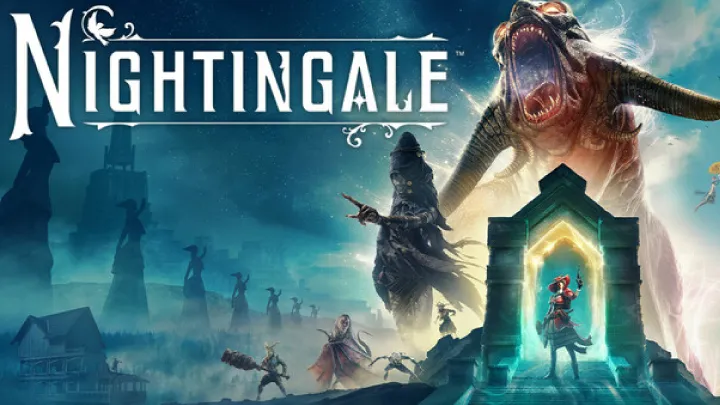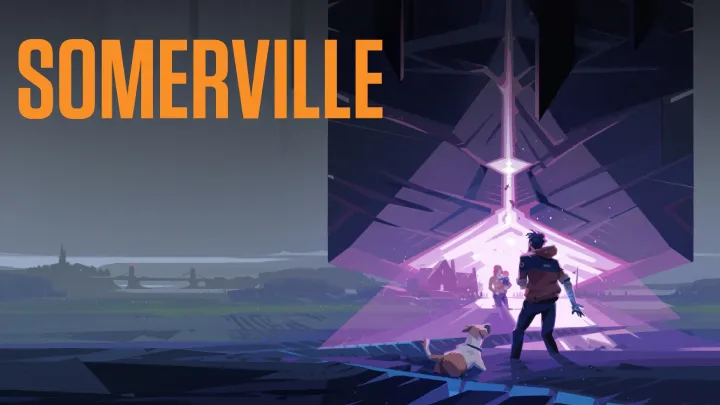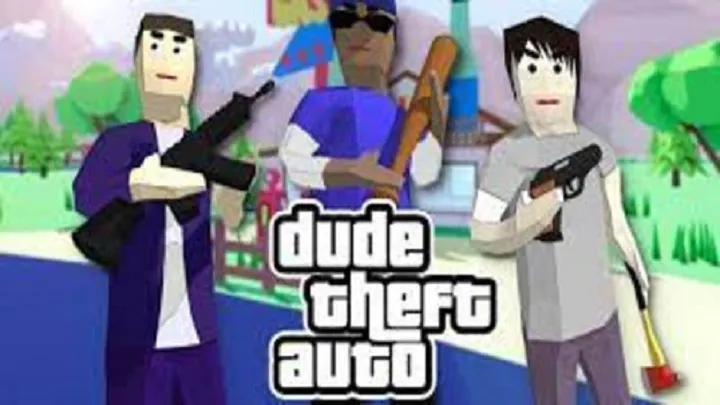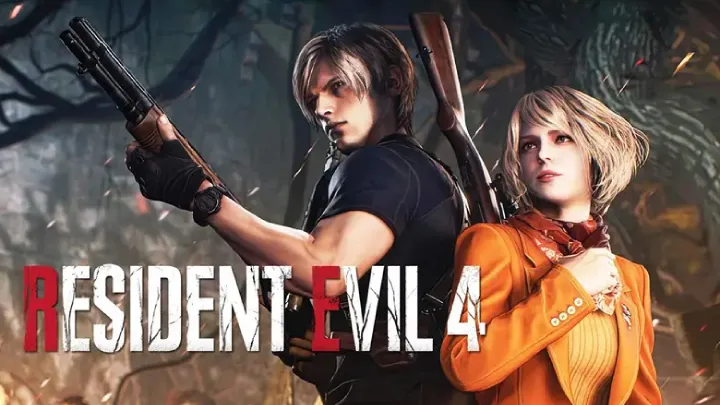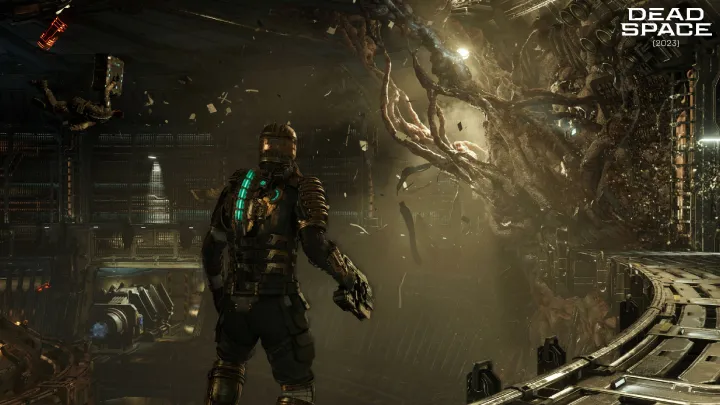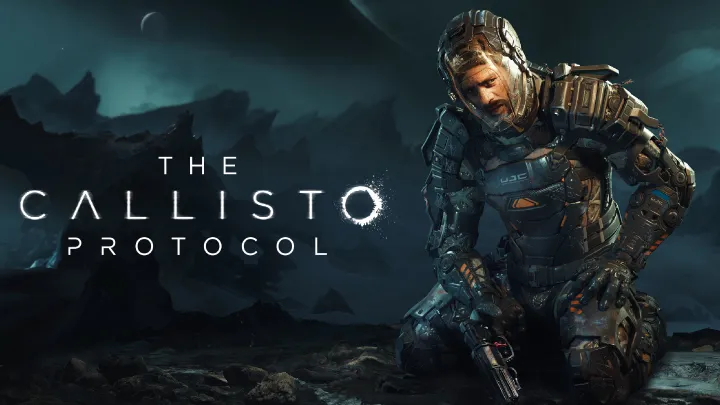Understanding the Game Mechanics
Gameplay Overview
- Interactive Storytelling: Until Dawn is presented as an interactive film, where players control characters and make decisions that affect the story's direction. The choices made throughout the game have lasting consequences.
- Quick Time Events (QTEs): Players must react quickly during specific sequences using the controller. Success or failure in these events can lead to character survival or death.
Character Control
- Switching Characters: Players take control of different characters at various points in the game. Understanding each character's strengths and weaknesses can aid in decision-making.
- Exploration: The game encourages exploration. Investigating the environment can reveal clues, collectibles, and important narrative elements that deepen the story.
Making Choices That Matter
The Butterfly Effect
- Understanding Consequences: The game features a “Butterfly Effect” mechanic, meaning that small decisions can lead to significant outcomes. Be mindful of your choices, as they can impact character relationships and survival.
- Tracking Choices: After making important decisions, the game will often present a summary of how your choices have affected the story. Use this information to inform future decisions.
Key Decisions
- Character Relationships: Pay attention to how your choices affect character relationships. Building alliances or creating rifts can influence character dynamics and the overall story.
- Life or Death Choices: Some decisions will directly impact a character’s fate. Weigh your options carefully, especially during critical moments.
Exploring the Environment
Finding Collectibles
- Totems: Throughout the game, players can find totems that provide glimpses into possible future events. Collecting these can offer insights into potential outcomes and guide your decisions.
- Clues: Investigating the environment will also yield clues that help piece together the backstory and lore of the game. Look for documents, photographs, and other interactive items.
Using the Environment to Your Advantage
- Hiding and Running: Certain scenarios will require you to choose between hiding or running. Assess the situation and use the environment strategically to increase your chances of survival.
- Interactive Objects: Pay attention to interactive objects in your surroundings. These can provide vital information or tools that aid in your journey.
Managing Fear and Tension
Building Tension
- Sound Design: The game uses sound effectively to build suspense. Pay attention to audio cues, as they can signal upcoming dangers or important moments.
- Lighting and Atmosphere: The game’s visuals contribute to its horror. Use the lighting to your advantage, as it can help you spot threats or hidden items.
Coping with Fear
- Stay Calm: During tense moments, try to remain calm. Panicking can lead to mistakes, especially during Quick Time Events.
- Take Breaks: If the tension becomes overwhelming, consider taking a short break. This can help you reset and approach the game with a fresh perspective.
Character Development and Relationships
Character Profiles
- Sam: The protagonist of the story, Sam is resourceful and determined. Her choices can significantly impact the group’s dynamics.
- Chris and Ashley: Their relationship is tested throughout the game. Decisions affecting their interactions will influence their survival and how they perceive each other.
Building Relationships
- Supportive Choices: Choosing to support characters during stressful moments can strengthen their relationships, leading to different outcomes in later scenarios.
- Conflict Resolution: Some choices may create conflict among characters. Be mindful of how these conflicts can affect group dynamics and survival.
Preparing for the Climax
Anticipating Major Events
- Recognizing Patterns: Throughout the game, certain patterns will emerge. Use your knowledge of previous events to anticipate future scenarios and make informed decisions.
- Character Awareness: Understand each character's strengths and weaknesses. This knowledge will help you navigate climactic situations more effectively.
Strategic Planning
- Plan Your Choices: As you approach the climax, think about the choices you have made previously. Consider how they may affect the final outcomes and be strategic in your decision-making.
- Resource Management: Keep an eye on resources available to each character. Use them wisely to ensure survival during critical moments.
Replayability and New Perspectives
Exploring Different Paths
- Multiple Endings: The game features multiple endings based on the choices made throughout the story. Revisiting the game allows you to explore these different narrative paths.
- Character Survival: Try to save different characters in subsequent playthroughs. This can provide new insights into their stories and relationships.
Collecting Missing Totems and Clues
- Completing the Collection: Use multiple playthroughs to collect any totems or clues you missed during your first run. This will enhance your understanding of the game's lore and butterfly effects.
- Experiment with Different Strategies: Changing your approach can lead to new revelations about character relationships and story outcomes.
Final Thoughts on Until Dawn
Conclusion
